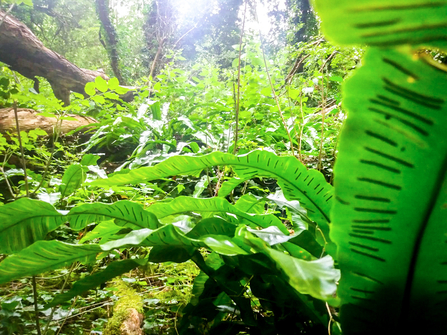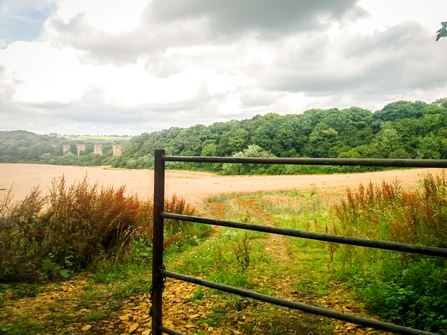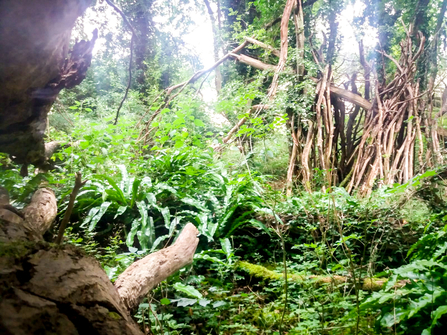Large emerald ferns sprout from the ground, rotting logs teem with moisture-loving mosses, and dappled sunlight filters through the twittering canopy above.
It looks like a tropical rainforest or a scene from our prehistoric past, but this is a remarkable nature reserve in West Oxfordshire.
Welcome to Hook Norton Cutting.












